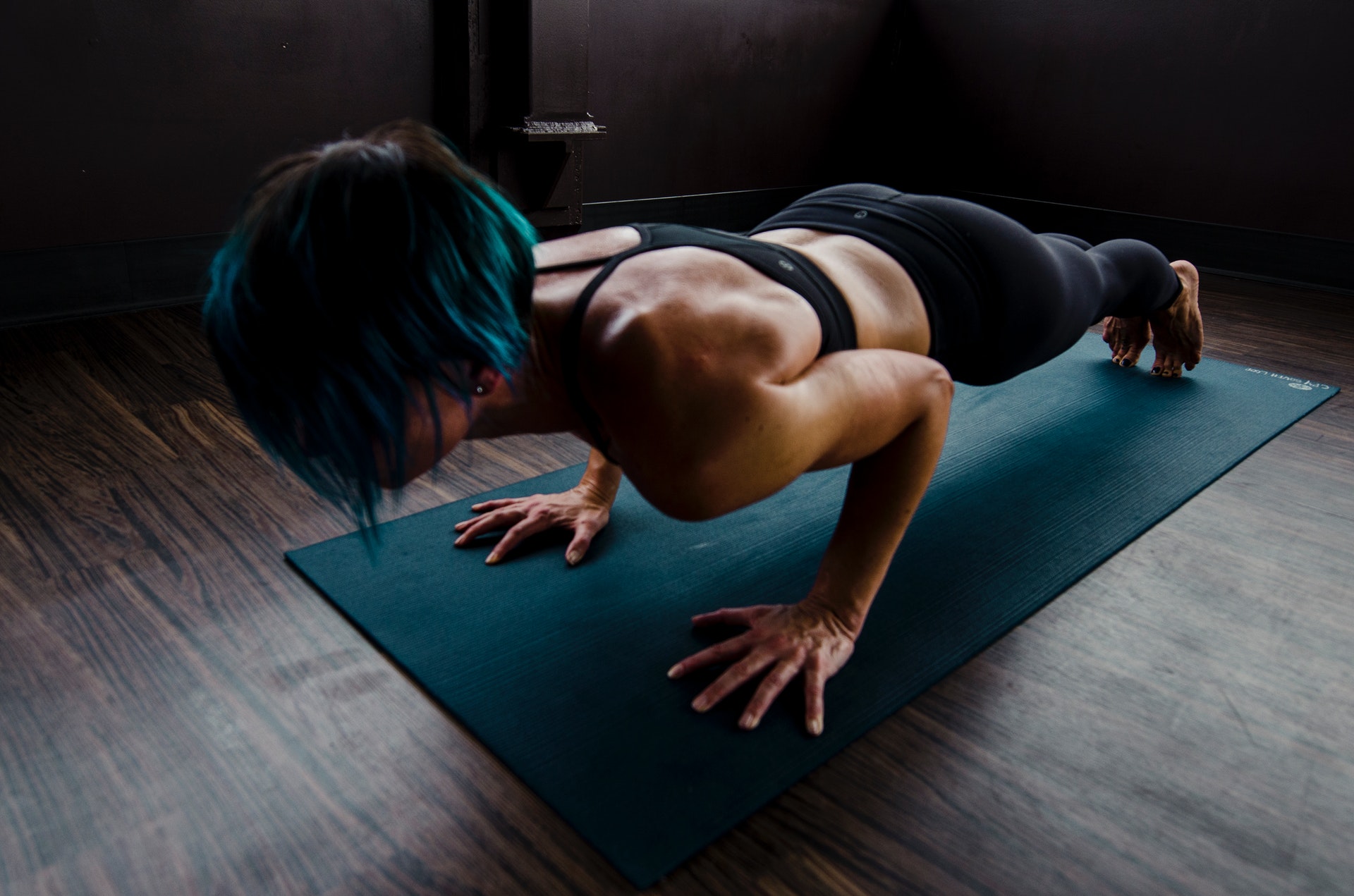Certain degrees of curvature on your spine, mainly the gentle inward and outward curves of the lower back, upper back, and neck, are ordinary and necessary for balance. Besides, they also keep the body aligned to the pelvis. However, sometimes you can experience an abnormal outward curvature of your spine which can cause a hunchback in severe cases. This is what is referred to as kyphosis. Although there are several treatment options for the conditions offered by Shrewsbury kyphosis specialists, depending on the severity, some practical exercises can improve your spine’s curvature and help you manage the condition alongside other treatments.
1. Horizontal Posture Check
This is an exercise to help you find a natural back position with limited curvature of your spine. It entails laying flat on the ground and stretching out the legs flat. The hands should be on your stomach just below the ribs, and your shoulder should be well relaxed on the ground. You slowly slide your heels upward, bending your knee while your hands are placed flat on the ground on your sides. You can then repeat the exercise several times to relax the curve of your spine.
2. Arm Raises
This is an exercise to help engage your shoulder muscles, strengthening and stretching them as they also contribute to the curvature of your spine. You are to stand straight up with your arms spread to your side and the palms facing forward. While raising your arms, you are to bend them at the elbow so that the upper arms are lateral to the ground and hold the position for about ten seconds. After that, you can continue raising your arms until they are fully extended upward and hold the position for about ten seconds.
3. Shoulder Blade Squeeze
This is an exercise aiming at helping you strengthen your upper back muscles and reduce tension. To achieve this, stand or sit with an upright posture with your shoulder pulled back. Squeeze your shoulder blades tightly together as much as you can and hold for about 10 minutes. Release and repeat the exercises several times per set and do at least two sets per day.
4. Resistance Band Stretch
This is an exercise to add extra resistance to the shoulder blade exercises. It involves stretching the resistance band as much as you can comfortably reach while grasping each end of the band and with your arms parallel to the floor. You are to hold the stretch for about five to ten seconds and release it slowly. You can repeat this exercise about there to five times per set, and you can do up to three sets a day.
5. Push-Ups
These are common and one of the most straightforward exercises to strengthen your shoulder and back muscles alongside your arms. You lie flat on your stomach, placing your hands on the ground on both sides of your shoulders. You then gently push your body up with your toes and knee remaining on the ground while maintaining your legs and back as straight as possible. You then gently lower yourself to the ground and repeat the exercise as you can.
These exercises can improve your kyphosis symptoms. However, it is good to collaborate with your provider as there are safety considerations regarding exercises and stretches. Besides, consult your provider at The Center for the Functional Restoration of the Spine, LLC, to learn if exercises are the best option for you or if you can benefit from other treatments.



